Your Everyday Carry Could Be So Much Better. Here’s How.
For years, I was that person with the giant, falling-apart leather wallet. You know the one. It was basically a filing cabinet for my back pocket, overflowing with faded receipts, gift cards from two birthdays ago, and a stack of cards I literally never touched. It completely ruined the line of my jeans and was, let’s be honest, a pickpocket’s absolute dream.
In this article
It wasn’t until I started working in physical security that the lightbulb went off. I saw it again and again: people become targets not through some elaborate movie-heist plot, but through simple, everyday carelessness. It was the little things.
But this isn’t about getting paranoid. It’s about being smart and intentional. The things you carry every day—your Everyday Carry, or EDC—are your personal toolkit. They should be dependable, secure, and functional without screaming for attention. I’ve spent more than a decade testing, breaking, and upgrading gear, and I’ve learned a ton about what actually works and what just looks cool. My goal here is to share some of that field-tested knowledge so you can feel that quiet confidence, knowing your essentials are sorted.
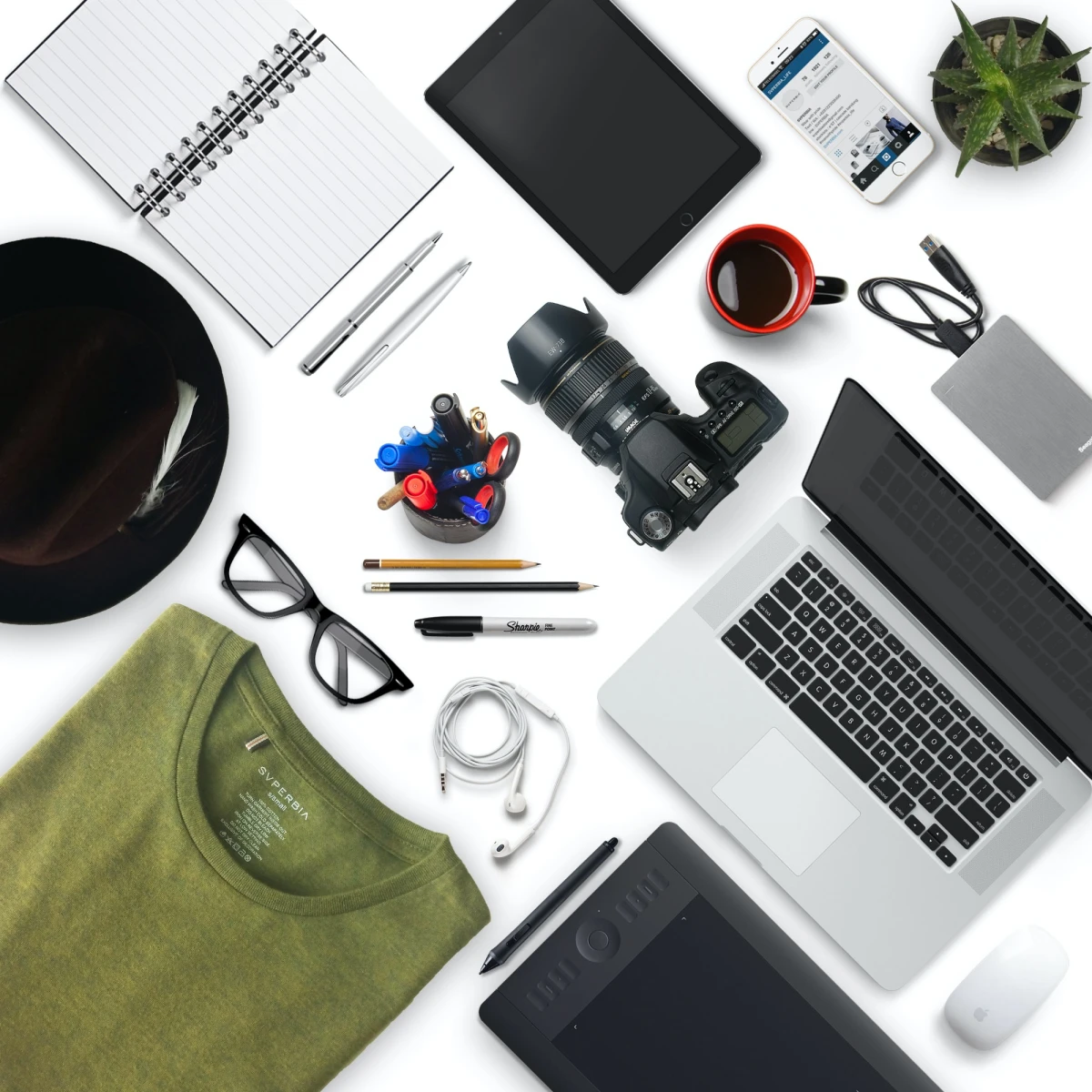
Your Wallet: More Than Just a Card Holder
Let’s be real, the classic bifold wallet is an outdated design for today’s world. It’s practically designed to collect clutter and is an easy score for both physical thieves and digital skimmers. Switching to a modern, secure wallet is probably the single biggest upgrade you can make to your daily setup.
So, what’s the deal with RFID-blocking? Many of your credit cards and even some IDs have tiny chips that use Radio Frequency Identification (RFID) for tap-to-pay. It’s super convenient, but it also means thieves with portable scanners can potentially lift your card info right through your pocket from a few feet away. Scary, right?
A good RFID-blocking wallet creates what’s known as a Faraday cage. It’s usually a thin layer of aluminum or a special conductive fabric that blocks the radio waves from those scanners. Quick tip: If you want to test your own wallet, try using a tap-to-pay terminal with your card still inside it. If the transaction fails, congrats, your wallet is doing its job!
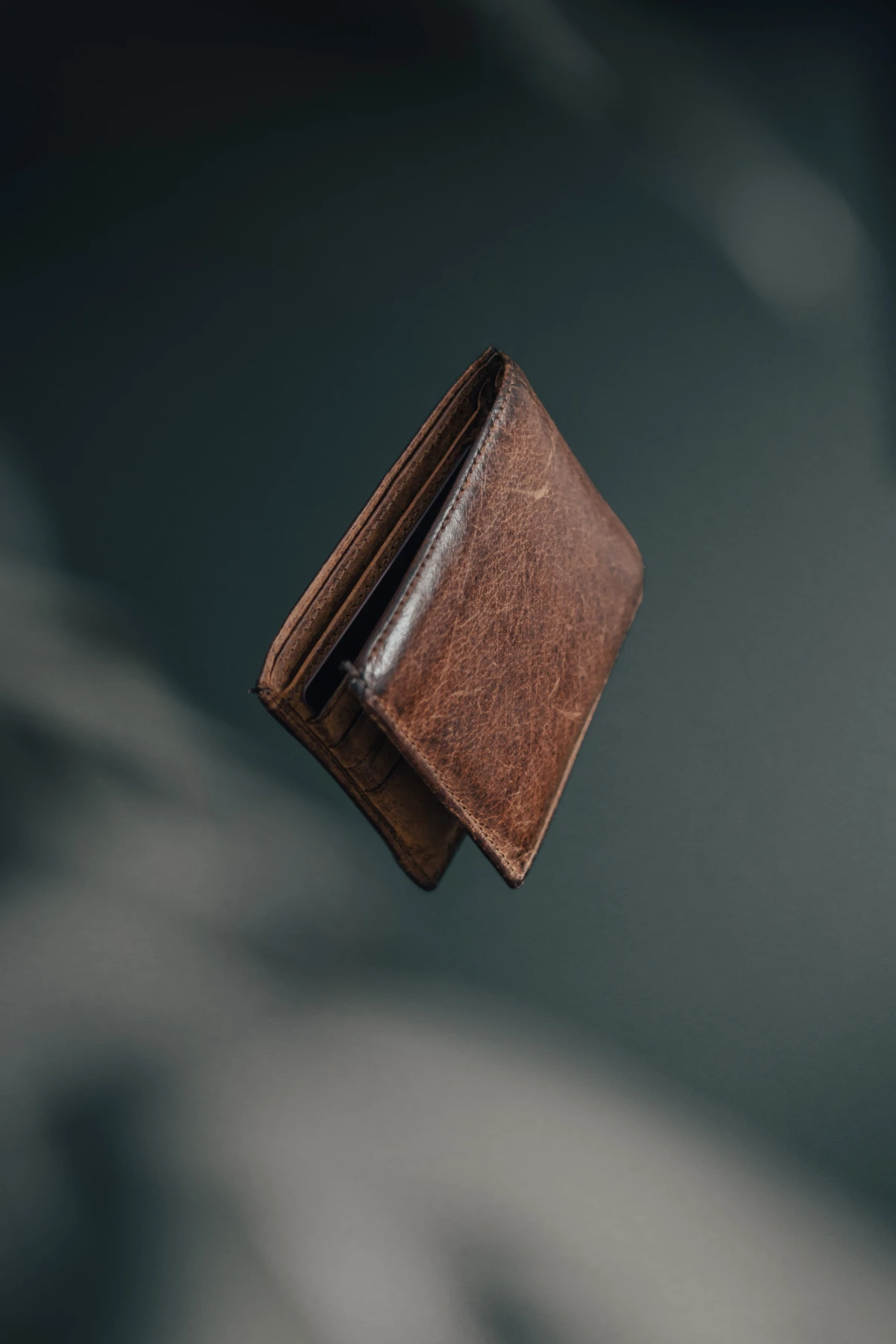
I once saw a client who was so proud of the cheap RFID wallet he’d bought online. For demonstration purposes, I used a simple app on my phone and read his credit card number right through it. We later cut it open and found the “blocking material” was just a sad piece of tinfoil. Lesson learned: with security gear, you really do get what you pay for.
Choosing Your Next Wallet
When you’re ready to upgrade, think about materials. The pros tend to move away from soft leather and towards hard-sided, minimalist designs for a reason.
- Aircraft-Grade Aluminum: This is the sweet spot for most people. It’s strong, lightweight, and won’t break the bank. It offers a rigid frame that keeps your cards from bending or snapping. Expect to pay between $50 and $90 for a quality one from a reputable brand.
- Titanium: This is a step up in both durability and price. It’s incredibly tough, resists scratches like a champ, and has a satisfying heft to it. You’re usually looking at over $120 for titanium models.
- Carbon Fiber: If you want the absolute lightest option, this is it. It’s ridiculously strong for its weight but is also the most expensive choice. A great option if every ounce counts.
As for how they work, some use heavy-duty elastic bands to hold everything together. These are simple and effective, but I’ve seen the elastic lose its grip after a few years of heavy use. Others feature slick mechanical ejectors that fan your cards out with the push of a button. They’re very convenient, but more moving parts means more potential points of failure. Look for well-known brands that specialize in these, like those with pop-up card mechanisms—they’ve usually ironed out the kinks.
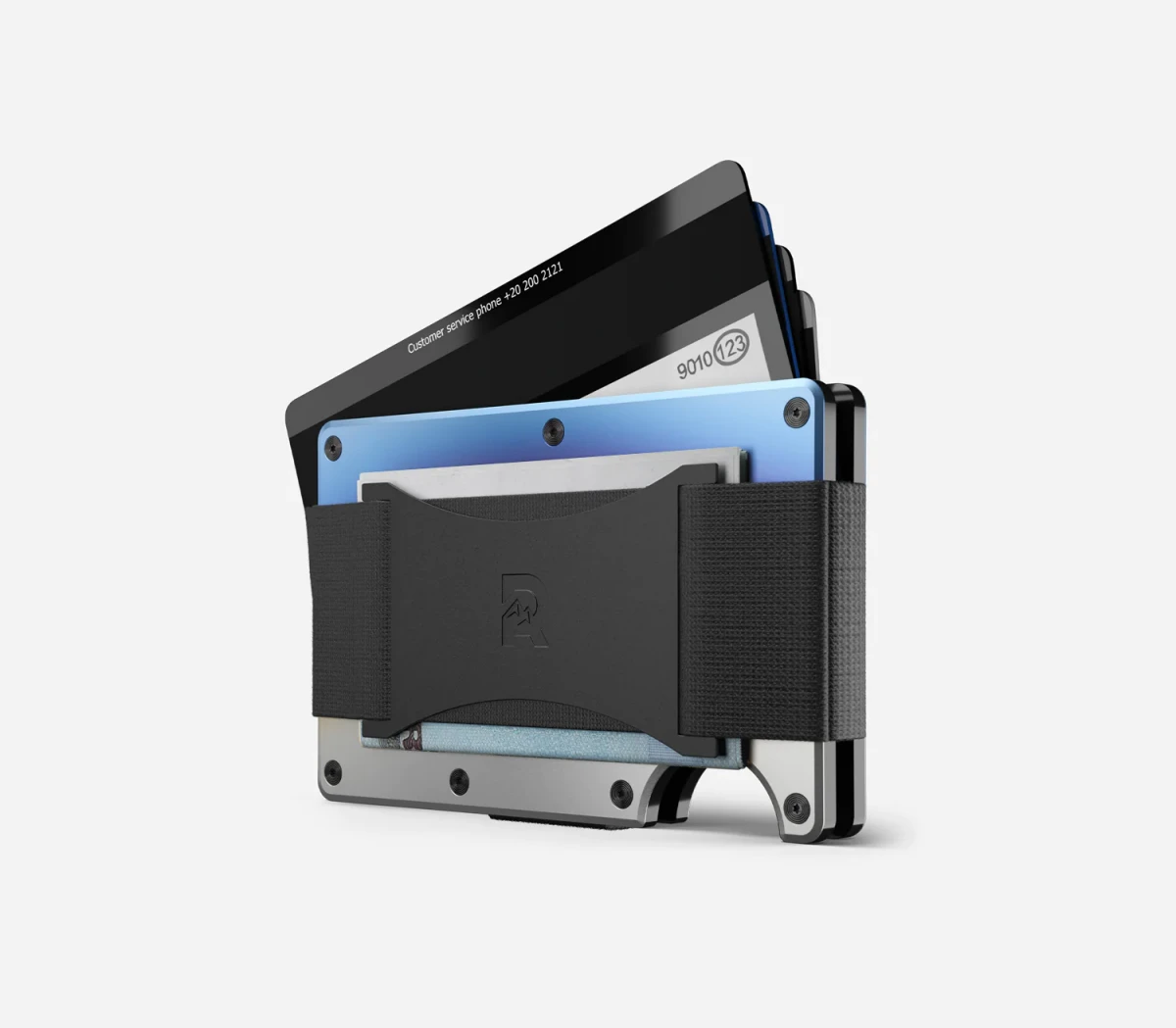
Key Organizers: Finally, Some Peace and Quiet
That jangling bunch of keys in your pocket? It’s more than just annoying. The noise can draw unwanted attention, and the sharp edges can scratch your phone or wear holes in your pants. A key organizer is a simple fix that stacks your keys neatly and silently.
Most work on a simple screw-and-post system. The quality of that hardware is everything. Here’s a little pro-level setup guide I share with everyone:
- Lay out your keys and the included washers. Place a washer between every single key and metal component. This is critical for a smooth, friction-free pivot.
- Stack your keys on the post, making sure they face inwards.
- Once assembled, tighten the screws until you have the perfect tension—not so loose that keys flop around, but not so tight you can’t get a key out with one hand.
- And here’s the secret sauce: apply a single, tiny drop of low-strength (usually blue) thread-locker to the screw threads before the final tightening. This stuff costs a few bucks at any hardware store and prevents the screws from vibrating loose over time.
Trust me on that last step. I learned it the hard way after spending ten minutes on my hands and knees in a dark parking lot, searching for a microscopic screw. Don’t be like me!
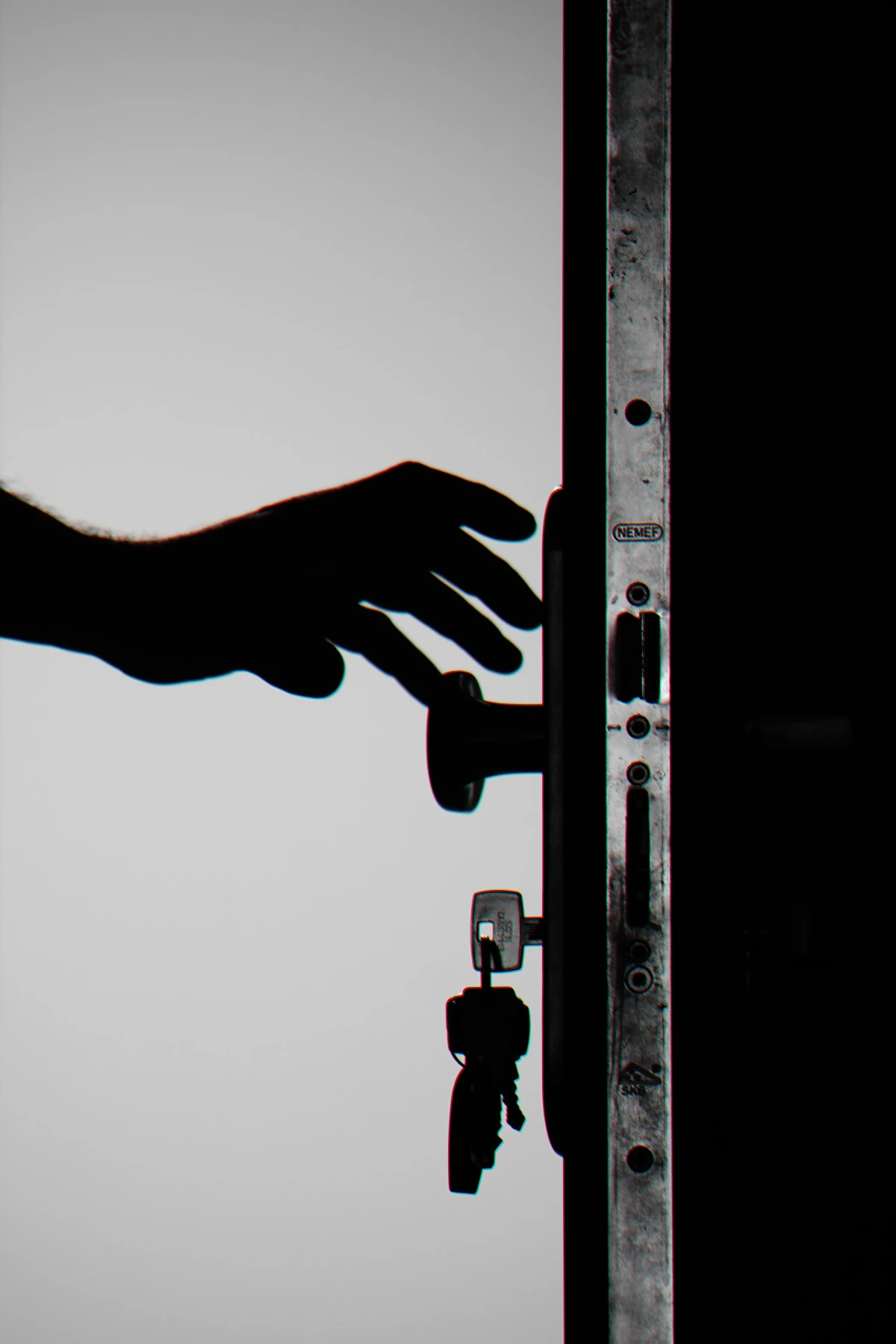
For materials, leather organizers feel nice but can stretch. Metal ones are bomb-proof but can be a bit heavier. If you’re overwhelmed, just start with one of the popular, affordable models you can find online for $20-$30. They’re a fantastic introduction to the magic of a silent pocket.
The Backpack: Your Mobile Workspace and Safe
Your backpack carries your most valuable items—laptop, tablet, maybe a camera. So why treat it like a disposable sack? A good bag is a piece of security equipment that protects your gear from bumps, rain, and theft.
When you’re shopping, here’s what to look for on the label:
- Denier (D): This just means fiber thickness. For a daily bag holding a laptop, I wouldn’t go below 500D. Fabrics with names like Cordura or Ballistic Nylon are industry standards for a reason—they last.
- Water Resistance: Most bags aren’t fully waterproof, but they should be highly water-resistant. This comes from a coating on the fabric and special zippers with a rubbery seal (often called AquaGuard zippers) that keep water out of the most vulnerable spots.
- Anti-Theft Features: Some travel-focused brands build their entire reputation on this. They embed a flexible steel mesh in the fabric to stop slash-and-grab thieves. They also include lockable zippers and straps reinforced with hidden steel wire to prevent someone from cutting the strap and running. Oh yeah, and a hidden pocket that sits against your back is the absolute best place for your passport or spare cash.
You can find commuter-focused brands that offer sleek, professional looks with these security features cleverly integrated, so you don’t have to look like you’re about to scale a mountain just to protect your laptop.
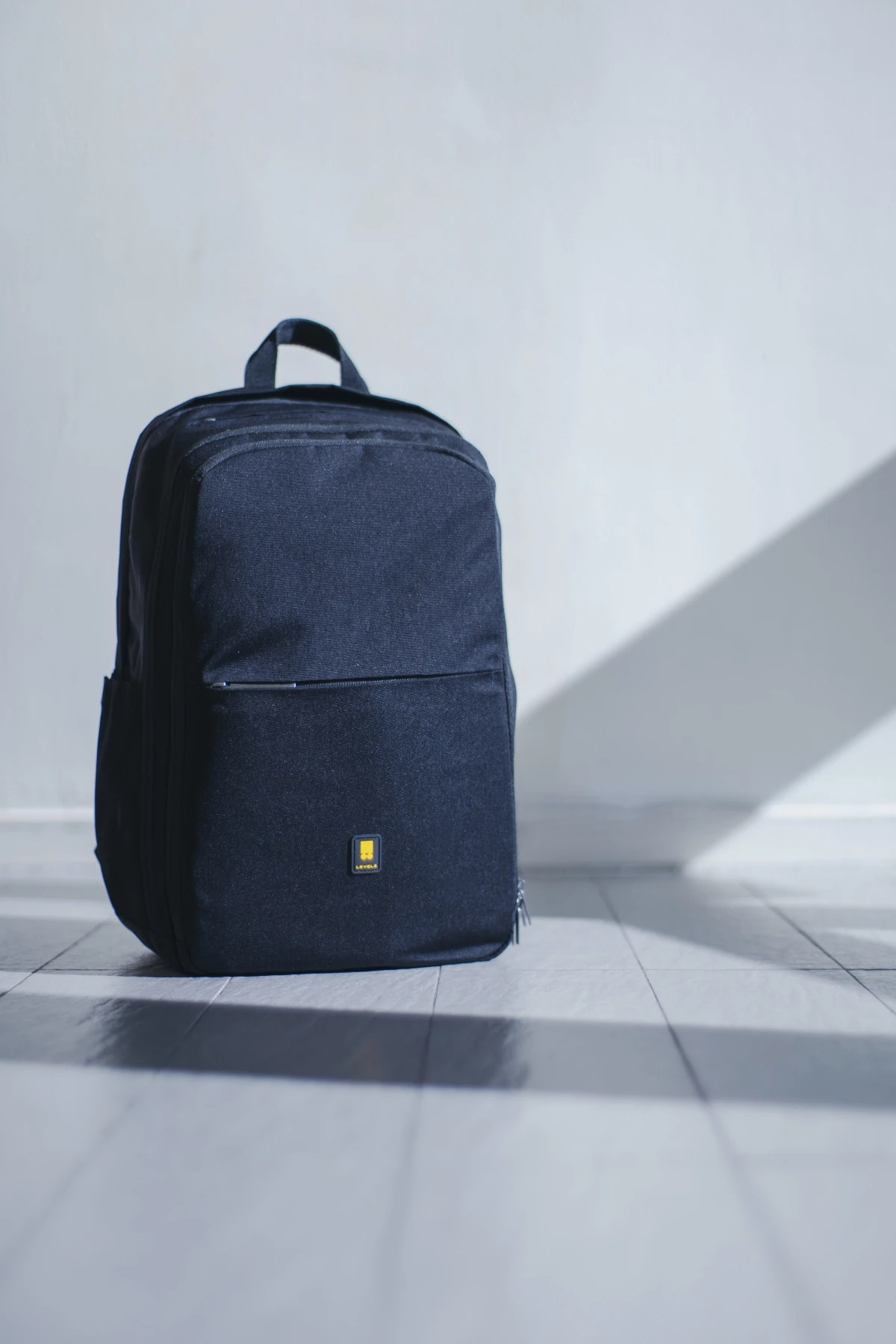
Don’t Forget the Little Things
By the way, a great EDC setup isn’t just about the big three. A few small additions can be lifesavers.
A small, powerful flashlight is a game-changer. Yes, your phone has a light, but a dedicated torch is brighter, has a longer battery life, and lets you keep your phone free for calls. You can get a fantastic rechargeable one that fits on a keychain for about $30.
And please, carry a decent pen. A reliable pen that doesn’t leak is one of those things you don’t realize you need until you’re desperately trying to sign a receipt with a cheap, leaky one. It’s a small touch of being prepared.
It’s About Being Intentional, Not Paranoid
Look, the goal of all this isn’t to make you feel like you’re living in a spy movie. It’s the exact opposite. It’s about making a few smart, intentional choices with your gear so you have less to worry about every single day.
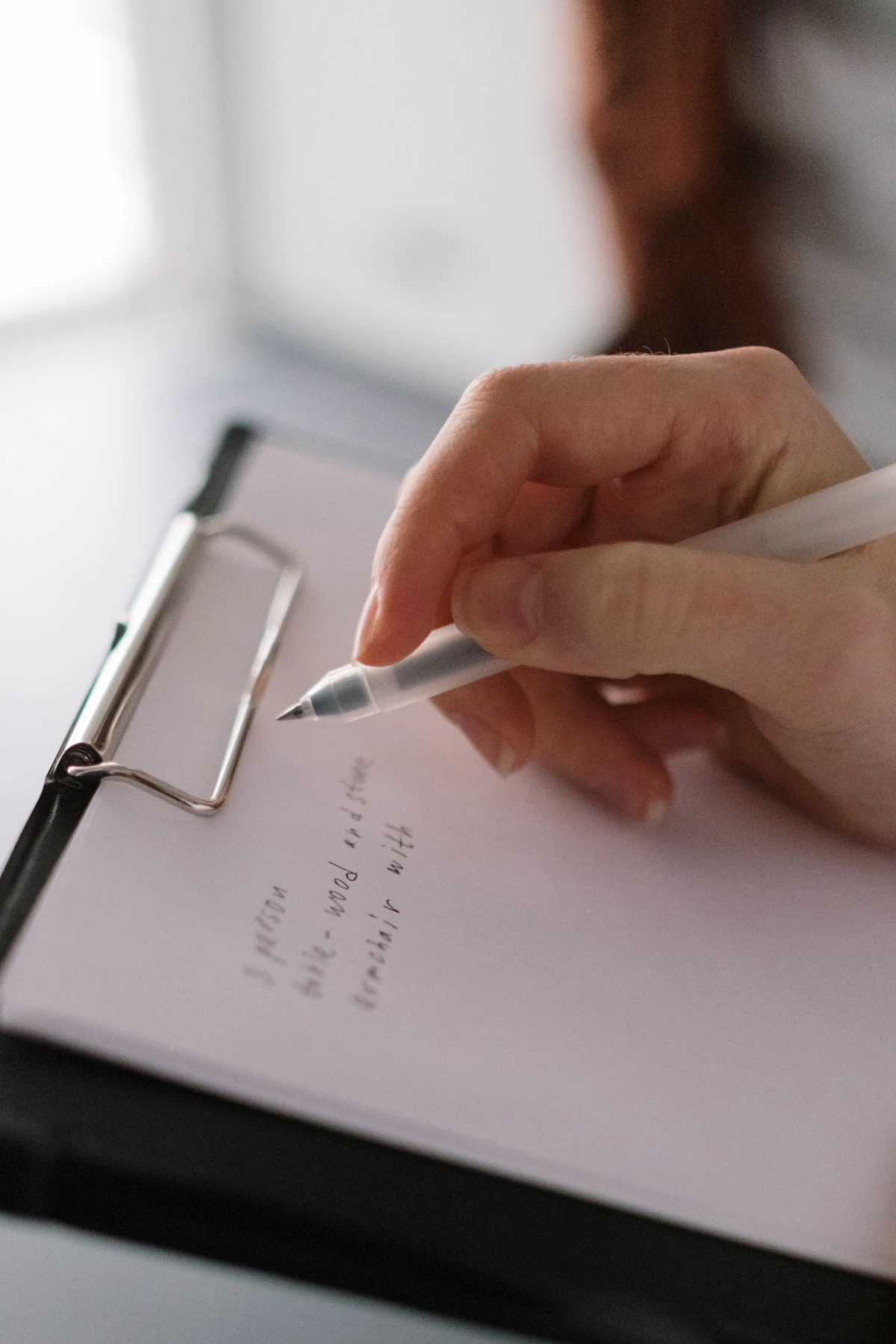
When your wallet is secure, your keys are silent, and your bag is protecting your tech, you’re not thinking about them. You’re free to focus on what actually matters. That’s the real goal here: quiet, everyday confidence.
Inspiration:
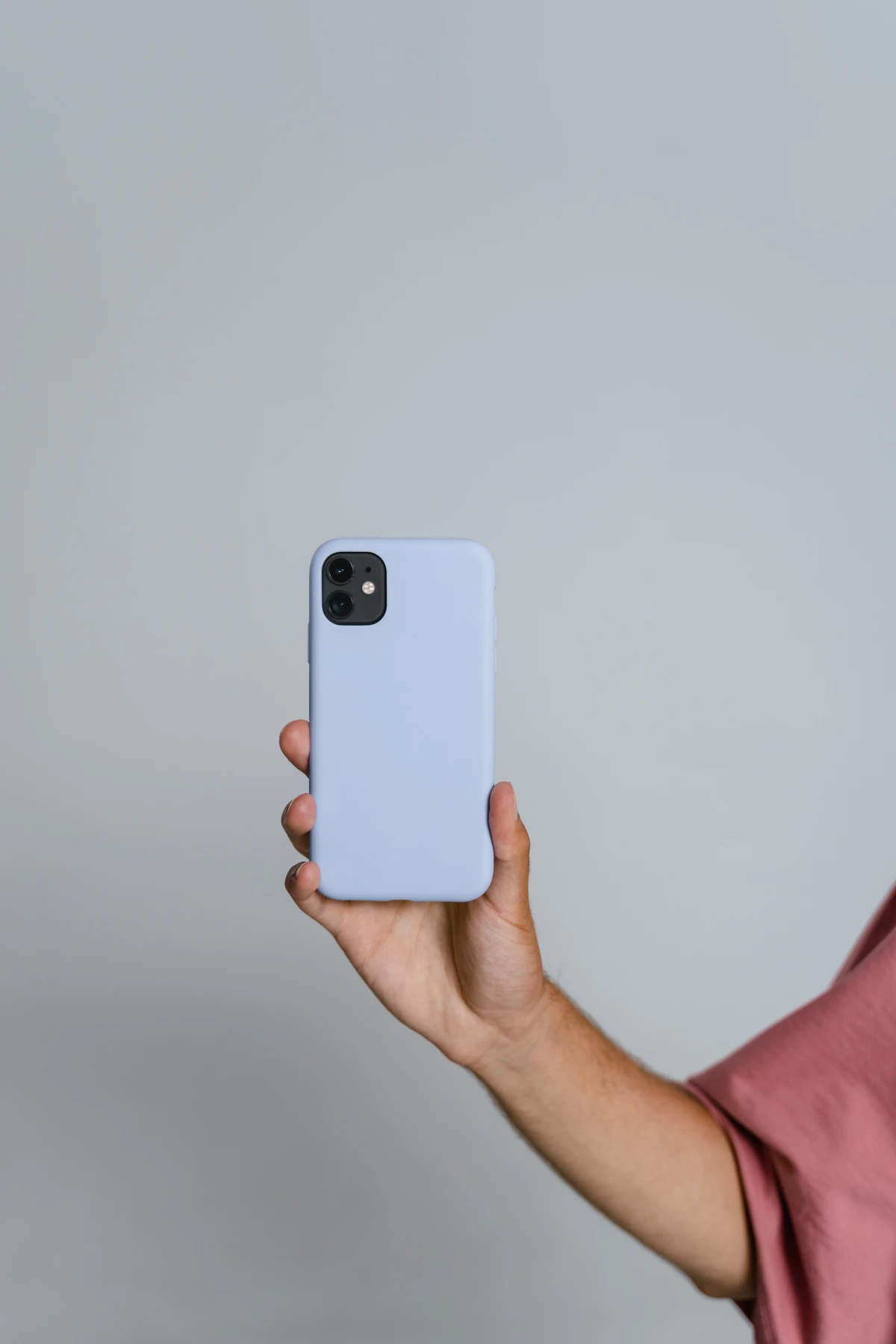
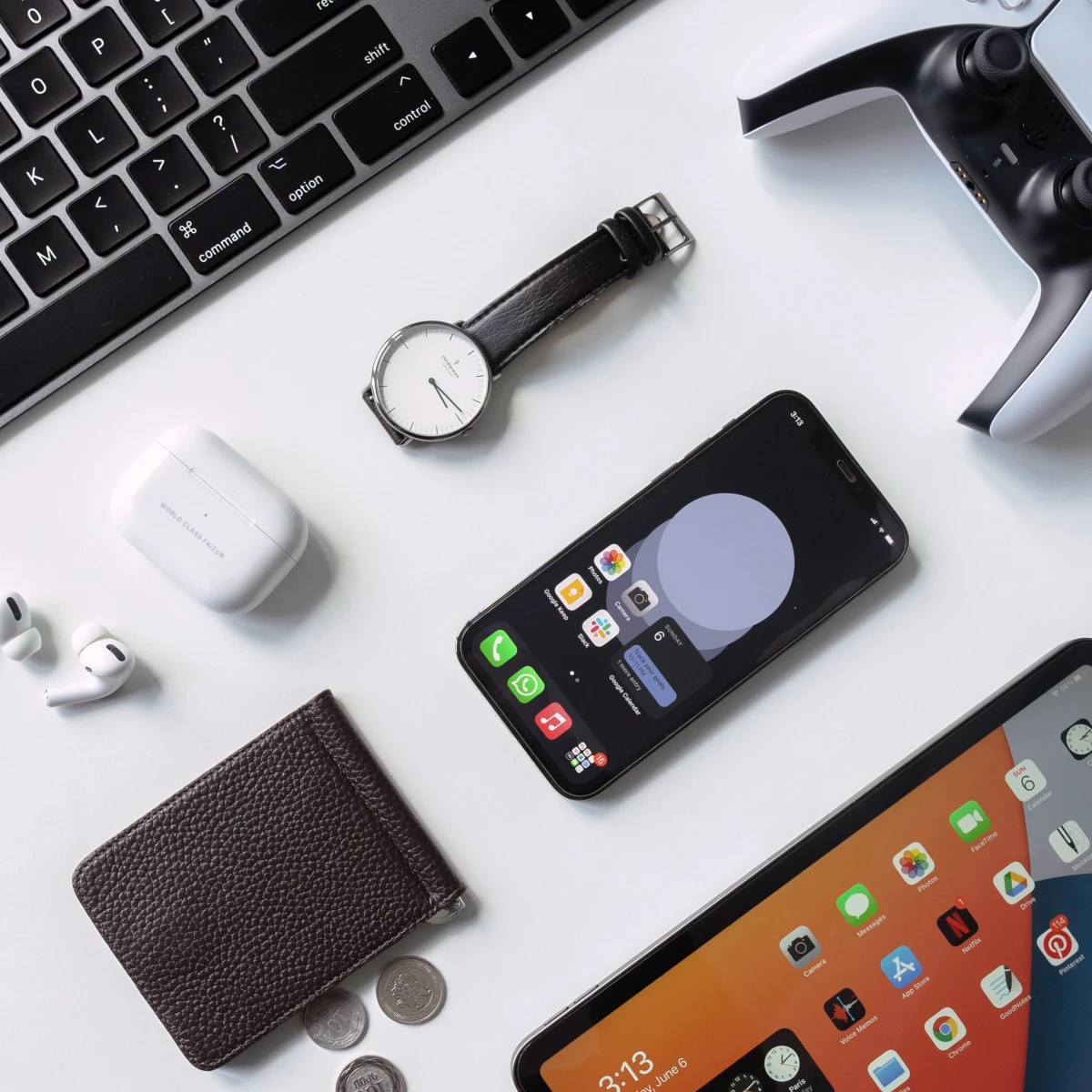
Beyond the wallet, what’s the next logical EDC upgrade?
A quality compact flashlight. Your phone’s flash is fine for finding keys dropped under a car seat, but it’s a battery drain and lacks power for real situations. A dedicated light like the Olight i3T EOS is tiny enough for a keychain, runs on a common AAA battery, and provides a surprisingly potent beam for navigating a dark path or inspecting a flat tire. It’s about having the right tool for the job, ensuring your phone’s battery is saved for what it does best: communication.
The Pocket Multi-Tool: Which Camp Are You In?
The Pliers-First Approach: For those who anticipate mechanical tasks, the Leatherman Skeletool CX is a minimalist champion. It prioritizes a high-quality set of pliers, wire cutters, a bit driver, and a solid 154CM steel blade. It’s an open-frame design that sheds weight, perfect for the cyclist, handyman, or anyone who values function over a dozen tiny tools they’ll never use.
The Classic Swiss Army Knife: For urban and office environments, the discreet power of the Victorinox Alox Cadet is hard to beat. Its slim aluminum scales disappear in a pocket. You get a sharp main blade, a nail file with a cleaner tip, and two different-sized bottle/can openers that double as flathead screwdrivers. It’s less about heavy-duty repairs and more about solving daily annoyances with classic style.










